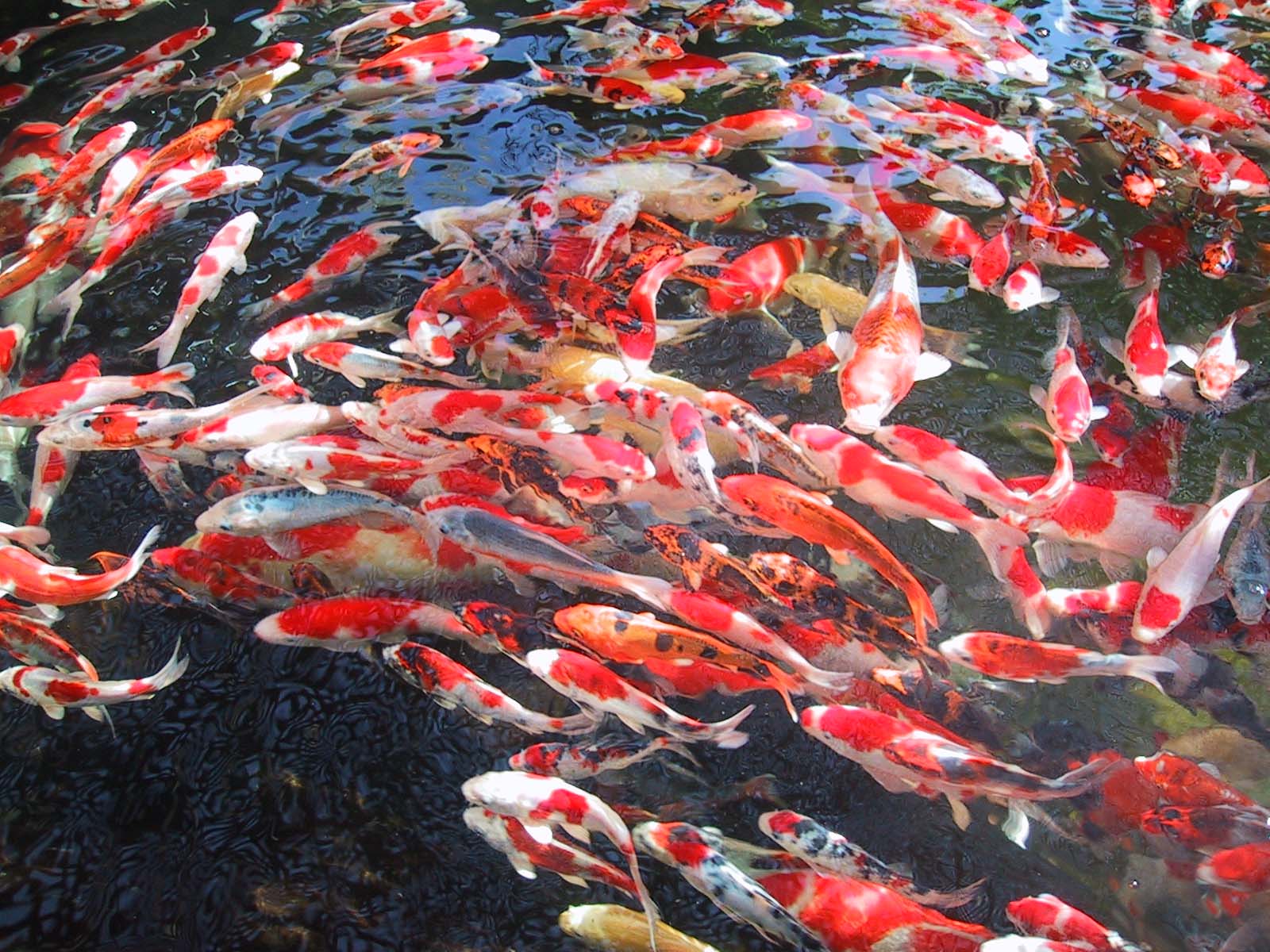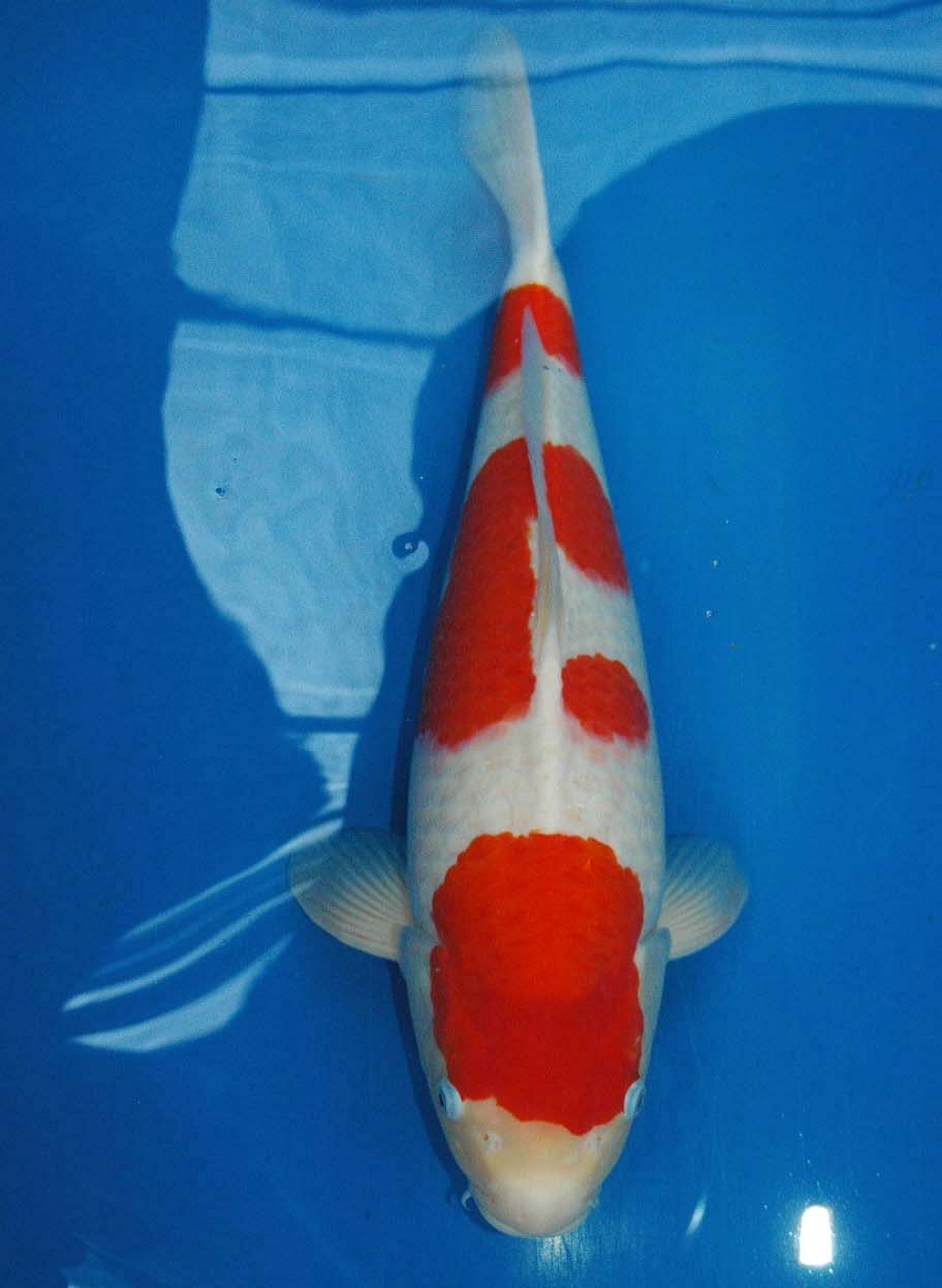The Ultimate Koi Pond Care Guide: Tips, Tricks and Step-by-Step Instructions
Introduction to Koi Pond Care
Koi fish have been a popular choice for pond owners due to their vibrant colors and graceful movements. However, taking care of a koi pond requires a little more effort compared to other types of ponds. It is important to provide the best possible environment for koi to thrive and maintain their health. This guide will provide you with everything you need to know about koi pond care.
Setting up Your Koi Pond
Before you start caring for your koi pond, you need to make sure it is set up correctly. Here are some key steps you should take:
- Choose a location that gets plenty of sunlight and shade.
- Make sure your pond has a depth of at least 3-4 feet.
- Add a filtration system to keep the water clean.
- Include plants for shade, oxygen, and a natural habitat for good bacteria.

Maintaining Water Quality
Maintaining proper water quality is essential for your koi’s health and longevity. Here are some tips to help you maintain your pond’s water quality:
- Test your water regularly to ensure it is at the right pH level.
- Monitor your water temperature to ensure it stays within the ideal range of 65-75°F.
- Clean your filtration system regularly.
- Add beneficial bacteria to promote healthy water.

Feeding Your Koi
Proper feeding is crucial to keep your koi healthy and happy. Here are some tips to help you feed your koi:
- Feed your koi a high-quality pellet food.
- Avoid overfeeding to prevent water quality issues.
- Feed regularly but adjust portions based on the water temperature.
- Provide occasional treats like fruits and vegetables.

Handling Koi Health Problems
Despite your best efforts, sometimes koi can fall ill. Here are some common koi health problems and how to handle them:
- Ich - treat with a commercial medication or salt bath.
- Parasites - treat with medication or salt bath.
- Ulcers - treat by cleaning wound and adding medication.
- Water quality issues - address underlying issue by testing water and adjusting accordingly.

Winterization and Off-Season Care
Koi ponds require special care during the colder months to ensure their survival. Here are some tips for winterizing your koi pond:
- Stop feeding your koi when the temperature drops below 50°F.
- Add a pond heater to prevent water from freezing.
- Clean your filter and remove any debris before winter sets in.
- Monitor water levels and add fresh water as needed.

Conclusion
Now that you have a comprehensive guide on how to take care of your koi pond, it’s time to put it into practice. Remember, proper care and maintenance is the key to a successful and beautiful koi pond. With a little bit of effort and patience, you can enjoy your backyard oasis for years to come!